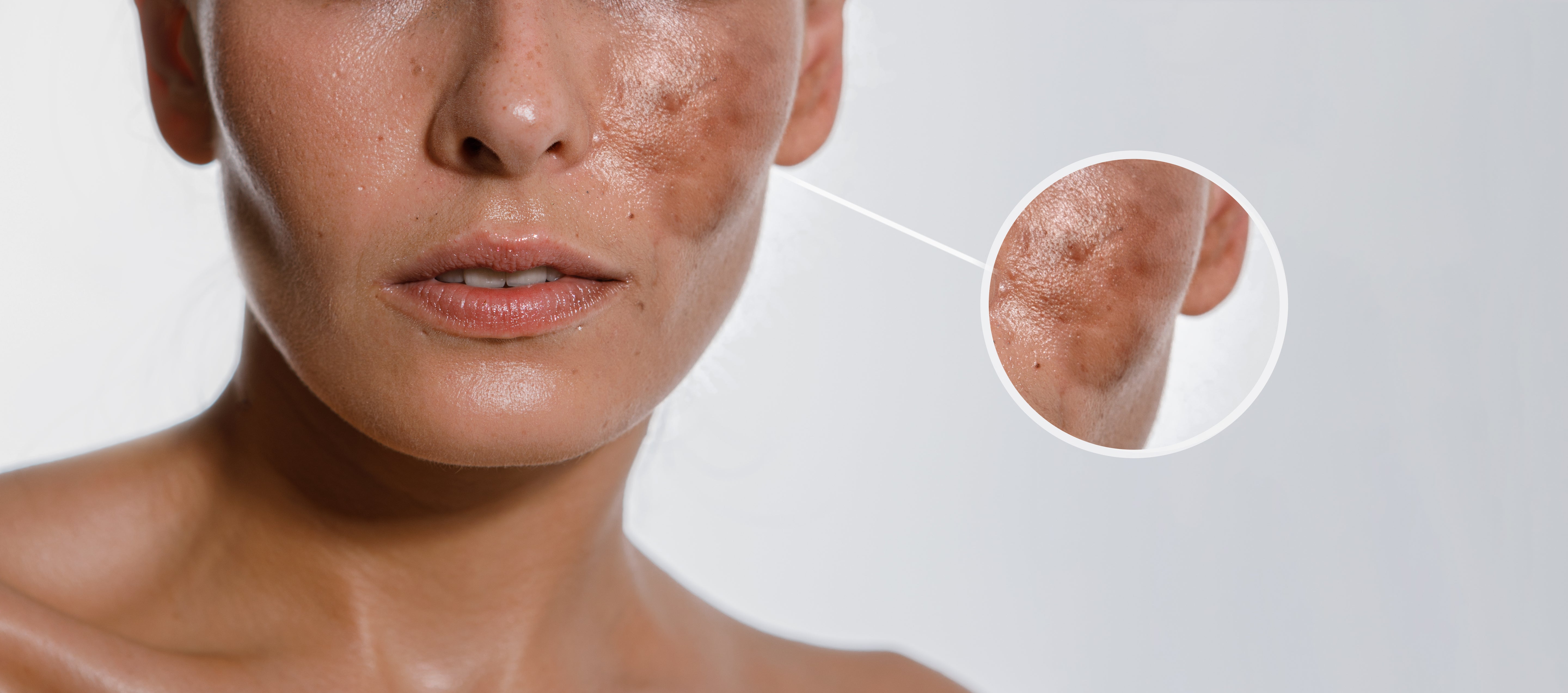
Melasma vs Sun Spots: The Definitive Guide to Skin Hyperpigmentation

One of the side effects of living a full and enjoyable life is the unfortunate appearance of spots, colors, and blotches that show up uninvited and unannounced. These distressing conditions can impact how we feel due to their effects on our appearance. But hey, no stress. Today we're going to shed light on one of the most common concerns as we accumulate more birthdays: hyperpigmentation, also known as skin discoloration. Two common hyperpigmentation conditions are melasma and sunspots. But what are they? What is the difference? How do you get them? And how can you get rid of them? In this guide, we'll address all your concerns and provide you with a quick solution on how to regain that beautiful, even-colored skin.
What is Melasma?
Melasma is a very common hyperpigmentation condition affecting around 5 million people in the United States, predominantly women. Contrary to its superficial allure, melasma manifests as dark patches on the face, with common occurrences on the chin, forehead, cheeks, nose, neck, and arms.
Melasma displays a symmetrical pattern on both sides of the face. While the exact cause remains elusive, factors such as genetics, hormonal changes, sun exposure, stress, thyroid issues, and hormone therapy contribute to its development.
The impact of melasma on appearance is undeniable, prompting many to seek professional advice. Although not painful or itchy and without an increased risk of skin cancer, the condition significantly affects confidence and aesthetics.
What causes Melasma?
The enigmatic nature of melasma often defies a definitive explanation, even in our era of scientific achievements. While the exact causation eludes us, plausible insights from science suggest that sun exposure, particularly the adverse interaction between UV light and skin, contributes to melasma.
Stress, thyroid issues, and hormone-related factors such as birth control and therapy further complicate the narrative. Pregnancy is also a common trigger. Intriguingly, individuals with darker skin tones are more prone to melasma than their lighter-skinned counterparts.
Even if confident in identifying melasma, prudence dictates consulting a doctor. Beyond confirming the diagnosis, healthcare professionals excel in ruling out hazardous skin conditions and crafting a pragmatic treatment plan.

What are Sun Spots?
Sun spots, also known as age spots or liver spots, are a form of hyperpigmentation—darkened patches of skin—induced by excessive sun exposure. This condition is more prevalent in older individuals, earning it the nickname "age spots," although it can manifest in younger people lacking sufficient sun protection.
Unlike immediate sunburn, sun spots develop gradually over time, often remaining invisible on the skin for years. Protecting your skin from daily sun exposure, even without visible burns, is crucial, making daily sunscreen use an investment in the health of your future skin.
Why Do I Have Sun Spots?
Sun damage, the root cause of sun spots, occurs when UV rays stimulate the overproduction of melanin within skin cells called melanocytes. These darkened spots, initially invisible to the naked eye, become more prominent over time as the skin naturally exfoliates.
Contrary to common misconceptions, sun spots aren't solely a consequence of recent sun exposure or an inevitable outcome of aging. They have been quietly developing in your skin for years. While individuals with lighter skin tones are more prone to sun spots due to less naturally occurring melanin, all skin types, including darker tones, can experience sun damage.
Regardless of age or skin color, everyone is susceptible to sun damage. Wearing broad-spectrum sun protection with at least SPF 30 is crucial, even for those who don't actively tan or experience sunburn, as it helps prevent cell overstimulation and skin damage.
Key Differences between Melasma vs Sun Spots
Melasma and sun spots often pose a perplexing challenge for individuals attempting to discern their distinctions. Both exhibit themselves as dark patches of skin, invoking the occasional expletive upon mirror reflection, and share a common exacerbator—sun exposure.
Understanding Melasma
Melasma boasts a symmetrical appearance, typically presenting on the face and adopting a more systematic arrangement. Its biological underpinning, influenced by factors such as genetics and hormonal fluctuations (commonly associated with pregnancy or birth control), lends it a unique character. Melasma may delve into multiple layers of the skin, emphasizing its multifaceted nature.
Exploring Sun Spots
In contrast, sun spots lack the stringent adherence to symmetry observed in melasma. These darkened patches can manifest anywhere on the body, underscoring their versatility. Unlike melasma, sun spots owe their existence solely to sun exposure and predominantly reside in the outermost layer of the skin.
Common Ground
While melasma and sun spots share commonalities—both being relatively harmless and warranting a prompt checkup from a dermatologist—it is their nuances that distinguish them. Melasma, anchored in biological intricacies, unfolds primarily on the face and may infiltrate multiple skin layers. Sun spots, borne of sun-centric origins, showcase their presence across the body's exposed regions, dwelling solely on the skin's outermost layer.
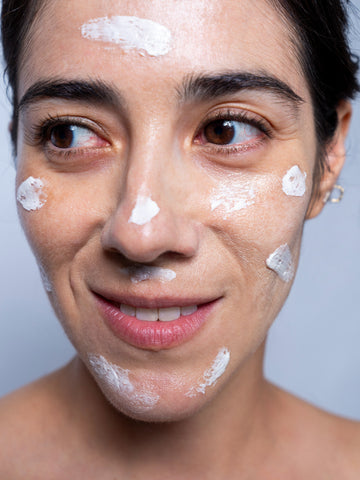
How to Treat Melasma and Sun Spots
Although melasma and sun spots share similarities, their treatment approaches are influenced by their distinct characteristics. Regardless, incorporating sunscreen into your daily routine is paramount, acting as a preventive measure for future spots and splotches while mitigating the worsening of existing ones.
If melasma or sun spots do make an appearance, various solutions ranging from at-home remedies to professional in-office procedures are available. Given their generally non-threatening nature, exploring at-home remedies before opting for more intensive and costly procedures with a dermatologist is advisable.
Vitamin C for Melasma and Sun Spots
Vitamin C emerges as a powerful ally for addressing both melasma and sun spots at home. This wonder vitamin not only bestows a luminous glow but actively diminishes pigmentation, contributing to the gradual fading of those stubborn dark spots. Beyond its role in aesthetics, vitamin C combats damage from free radicals, acting preventatively against hyperpigmentation. Its anti-inflammatory properties further aid in targeting dark spots while addressing residual acne concerns.
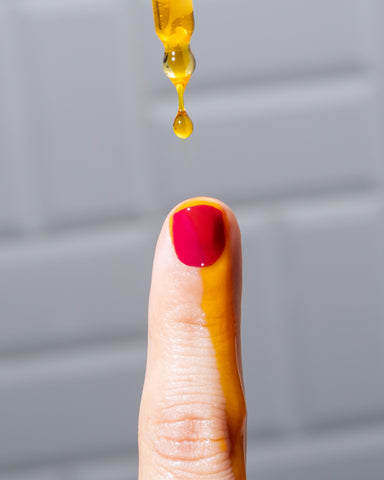
How to Treat Melasma
Melasma, rooted in deeper skin layers and influenced by hormonal and genetic factors, demands a nuanced approach to treatment. Dermatologists often recommend a combination of treatments tailored to individual responses. Hydroxyquinone cream, a first-line treatment, addresses pigmentation, with caution taken to avoid adverse effects like rashes or redness.
Topical vitamin C serum contributes to reducing dark spots and dullness. Retinoids, available in varying strengths, slow melanin production and enhance skin permeability, making them effective for melasma treatment.
If initial treatments prove ineffective, dermatologists might suggest chemical peels or fractional laser treatments, but these are reserved for extreme cases due to potential side effects.
How to Treat Sun Spots
Sun spots, residing in the outermost layer of the skin, present a more receptive canvas for treatment. Topical options like hydroquinone, retinol boosters, and steroids are often effective.
For enhanced exfoliation, dermatologists may recommend chemical peels, fractional laser treatments, or dermabrasion. Fractional laser treatments and dermabrasion, though effective, necessitate multiple sessions before visible results, with potential side effects including redness and skin irritation.
Our Top Choice: The Elysian Dermo-Regenerating Cream
Punto Suave’s Elysian Dermo-Regenerating Cream is a coveted natural moisturizer designed to address an array of skin concerns. This exceptional cream has earned its status as a best-seller, offering a comprehensive solution to skin imperfections such as melasma, sunspots, wrinkles, and acne scars. Crafted with a meticulous selection of ingredients, this cream stands out for its ability to promote a more even skin tone and reduce hyperpigmentation.
Enriched with Rosehip (Rosa Rubiginosa), Hydrolyzed Collagen, citric acid and Vitamin E (Tocopherol), the Elysian Dermo-Regenerating Cream takes center stage in the battle against dark spots. These ingredients work synergistically to fade wrinkles, freckles, and other forms of hyperpigmentation, unveiling a brighter and more radiant complexion. Glycerin and Zinc Hyaluronate contribute to minimizing pores and balancing oily areas, resulting in smoother and refined skin texture.
Incorporate this powerhouse into your daily routine by applying it generously in the morning and night, including the eyes and neck, after your skincare routine. For those seeking an extra boost in treating dark spots, melasma, or sunspots, consider combining it with the Elysian Renewing Soap.

Choosing the Right Vitamin C Serum: A Dual Recommendation
Selecting the appropriate vitamin C serum is a pivotal decision for your skincare regimen. Two exceptional options cater to distinct preferences, offering unique blends to address your specific skin needs.
Remedios del Bosque Vitamin C Serum
Remedios del Bosque's Vitamin C Serum is a powerful night serum boasting 12% ascorbic acid, which greatly reduces the appearance of melasma. This potent formula eliminates dark spots, balances skin tone, reduces melanin production, fades scars, and prevents damage from UV rays and oxidative stress. Vitamin C, essential in the collagen regeneration process, serves as an antioxidant and regenerator. Recommended for use on dry, oily, and combination skin exclusively at night, this serum is effective in treating dark spots.
Emely's Naturals Repairing Oil Facial Serum with Vitamin C
Emely's Naturals presents the Repairing Oil Facial Serum with Vitamin C, a harmonious blend of ten delicate oils designed to revitalize, regenerate, and brighten your skin. This exquisite serum contains rosehip seed, jojoba seed, camellia seed, evening primrose, rice bran, apricot seed, marigold extract, grape seed, macadamia, and plum seed virgin oils. Complemented by the invigorating scents of rose, geranium, and frankincense essential oils, this serum offers innumerable health benefits for your skin. The added vitamin C stimulates collagen production, mitigates the effects of UV rays, and inhibits melanin production, contributing to a brighter and fresher complexion. Ideal for those dealing with melasma and sun spots.
Conclusion
Living life leaves marks on our skin, it’s an inevitable part of the human experience. Understanding these skin quirks is the first step. Melasma is a bit of a mystery, playing with genetics, hormones, and sun exposure, while sun spots are like souvenirs from sun-soaked days. We have seen it all, and we encourage a proactive approach toward healthier skin with Punto Suave.
Whether one opts for at-home remedies or seeks the guidance of dermatologists, taking control of the skincare journey represents a powerful stride toward achieving radiant and healthy skin. As individuals embark on this personalized journey, it is paramount to recognize that beauty lies in individuality. The skin narrates a unique story, with every mark and spot recounting a chapter of a life distinctively lived. Hence, let us celebrate the skin, allowing it to reflect the beautiful tale of each one of us.


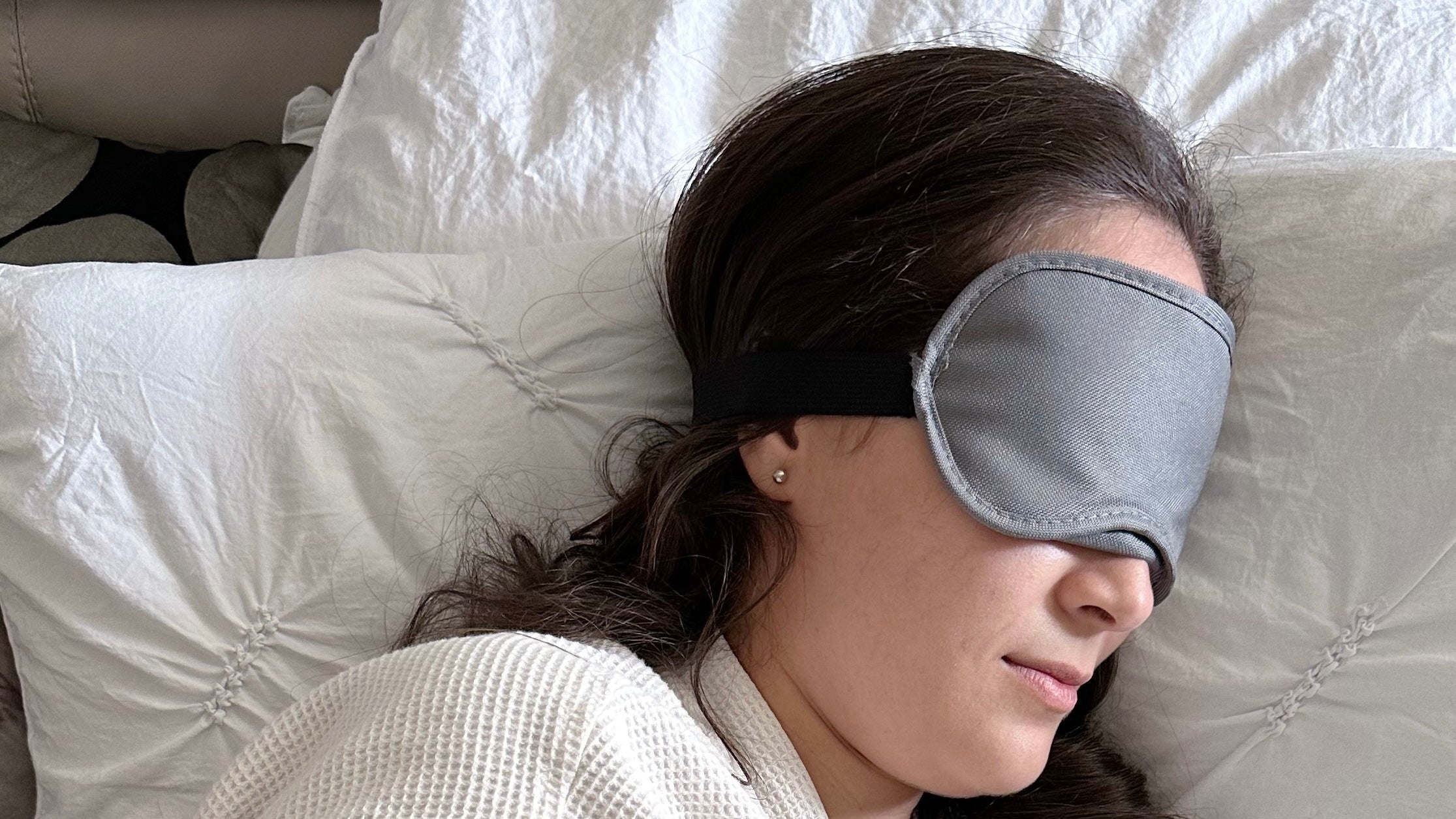
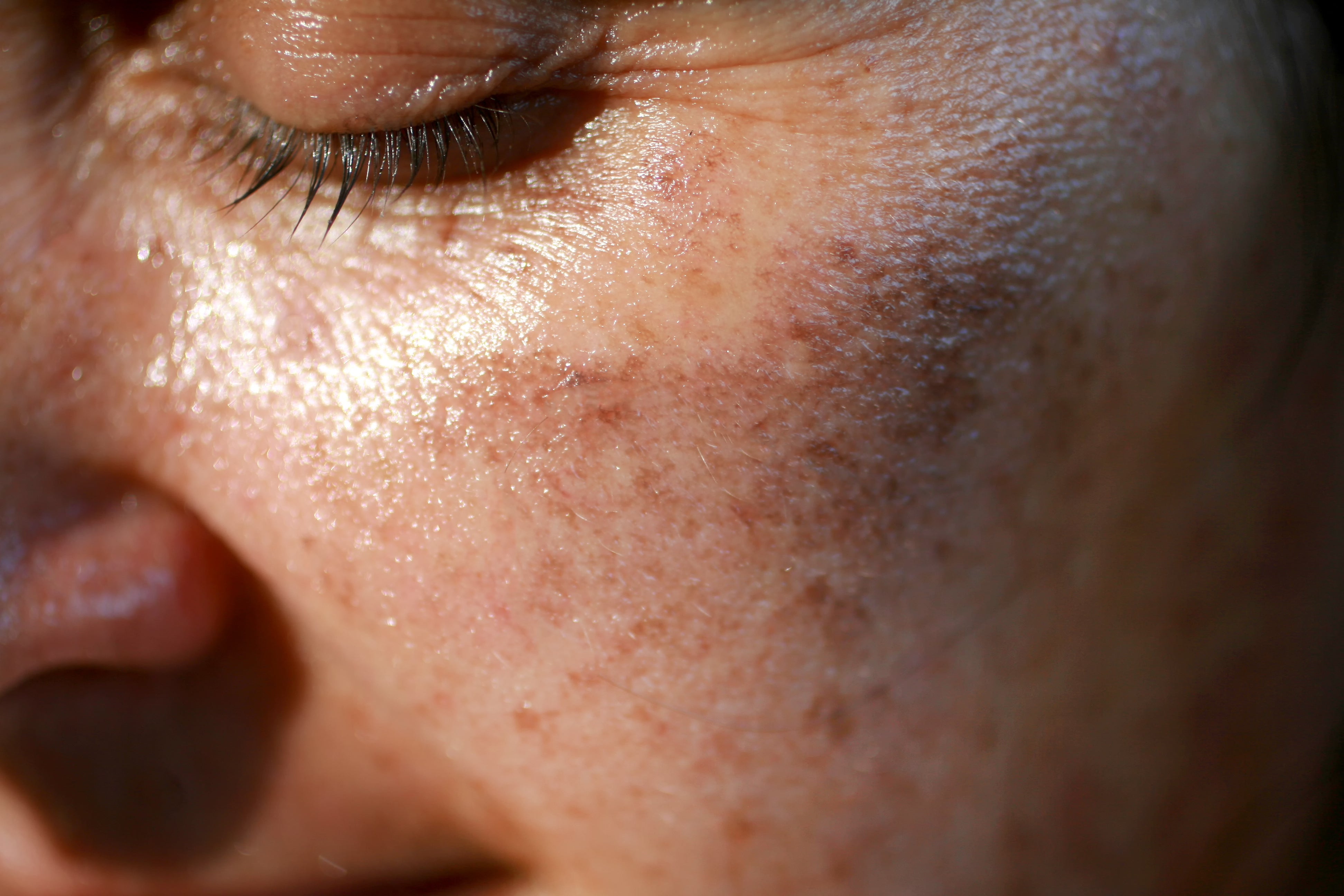
Leave a comment
This site is protected by hCaptcha and the hCaptcha Privacy Policy and Terms of Service apply.